Moods in Blue - BSN/PN
Composer: Wolfgang, Gernot
Publisher: Doblinger (Austria)
Edition: 60026
$39.95
for bassoon and piano
by Gernot Wolfgang (b. 1957) - Austrian composer
From the composer:
When David Breidenthal, principal bassoonist of the Los Angeles Philharmonic, commissioned me to write a piece for bassoon and piano, I asked him what his favorite compositions for that instrumentation were. Right away, he mentioned the first movement of the Hindemith bassoon sonata. So, before I started composing, I listened to that particular movement to try to find out what it was that so attracted David to the piece. I found it to be very lyrical, with a strong melody that has a touch of melancholy in it. Thus, I had my game plan; I wanted to write a theme in my own musical language that would have those particular qualities and use if as a point of departure for my composition.
Now, what exactly is my musical language? Having started out as a jazz guitarist and having written a good number of jazz compositions and arrangements, I have a strong background in this musical style. About ten years ago I also started to become very interested in what 20th-century concert music had to offer. Since then I have found myself trying to capture the spirit of jazz and at the same time the concepts of contemporary concert music. Sometimes, the resulting pieces would lean more toward jazz, at other times the concert music elements would dominate.
I wanted to color "Moods in Blue", which became a one-movement composition of about 12 minutes in length, with the feeling and language of the blues, because it felt like the right way of incorporating the element of melancholy into the composition. The piece starts out with the piano introducing the main theme in octaves - in rubato time - followed by the bassoon repeating the same theme over a rhythmic piano accompaniment. From there on the composition follows its own path, alternating between lyrical solo passages for both instruments, and rhythmically compact ensemble passages, before returning to the main theme near the end. A short coda concludes the piece

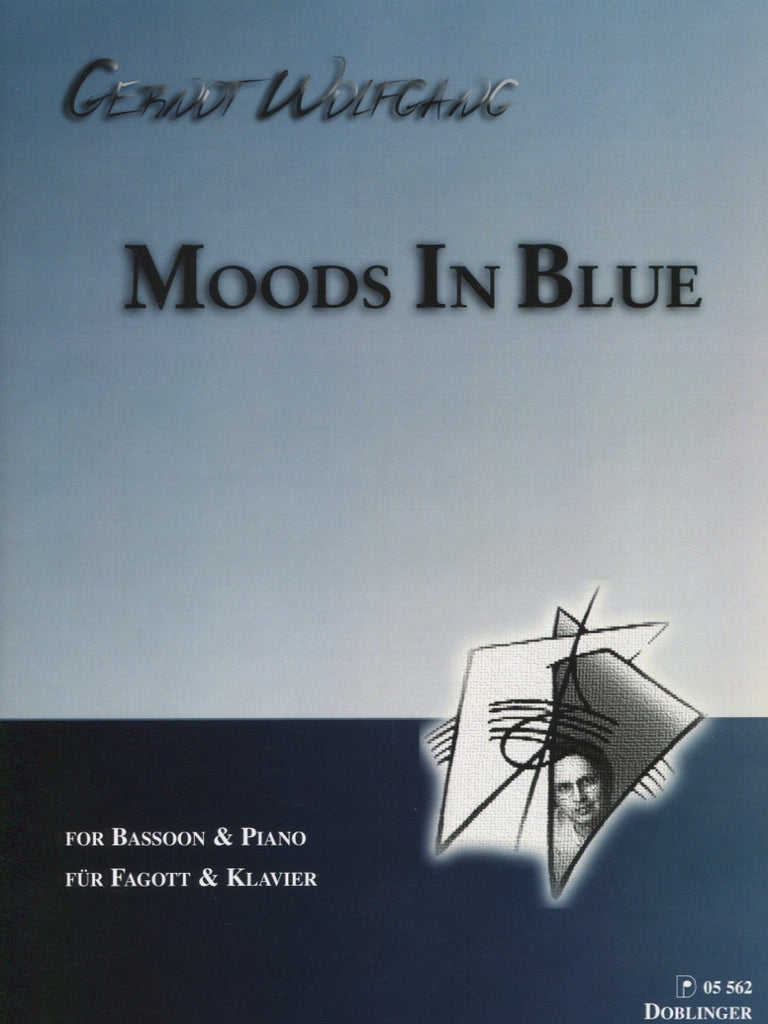
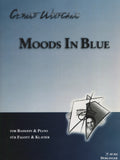
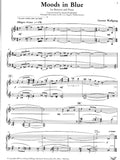
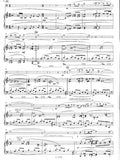
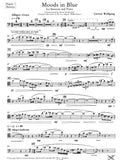
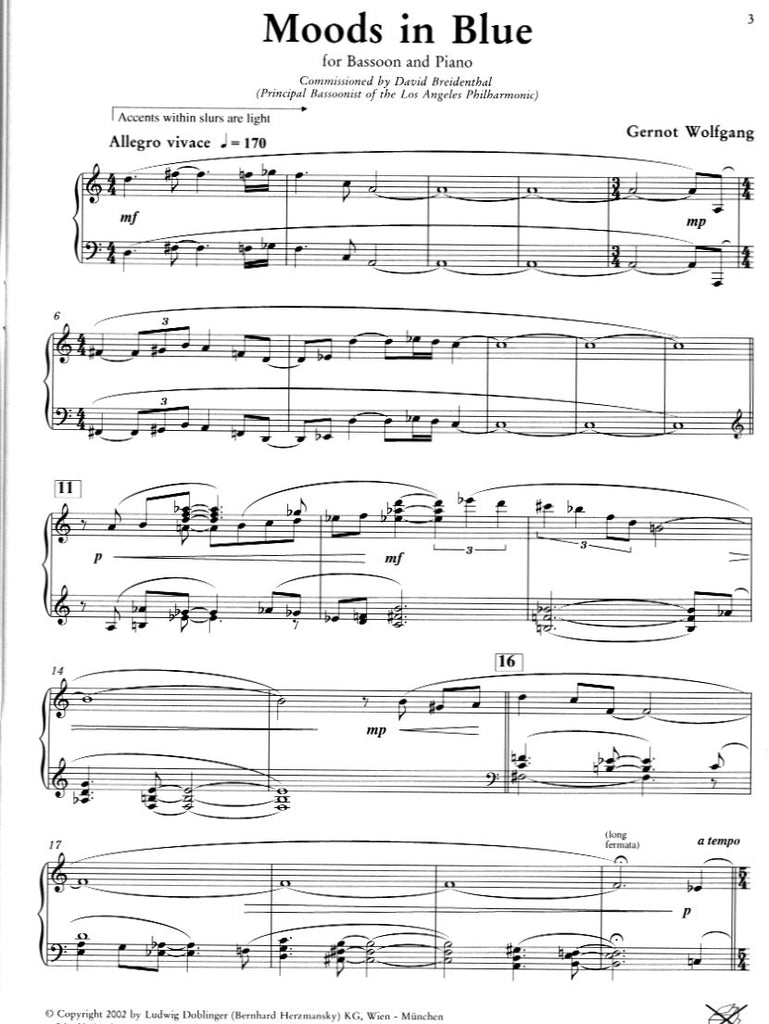
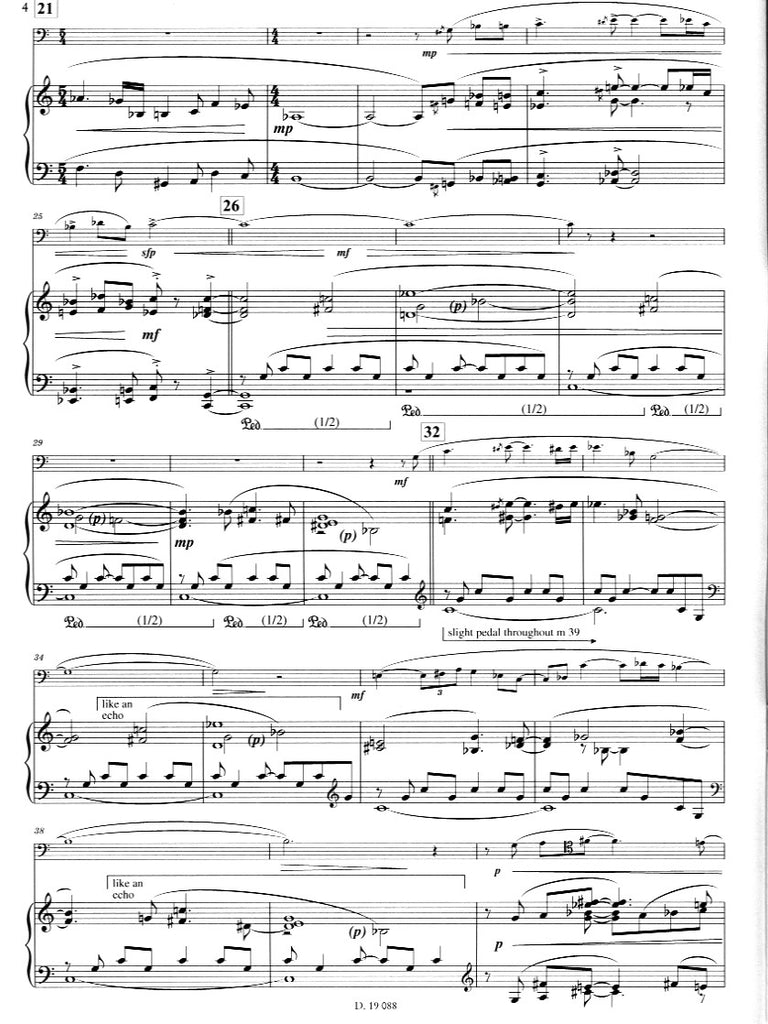
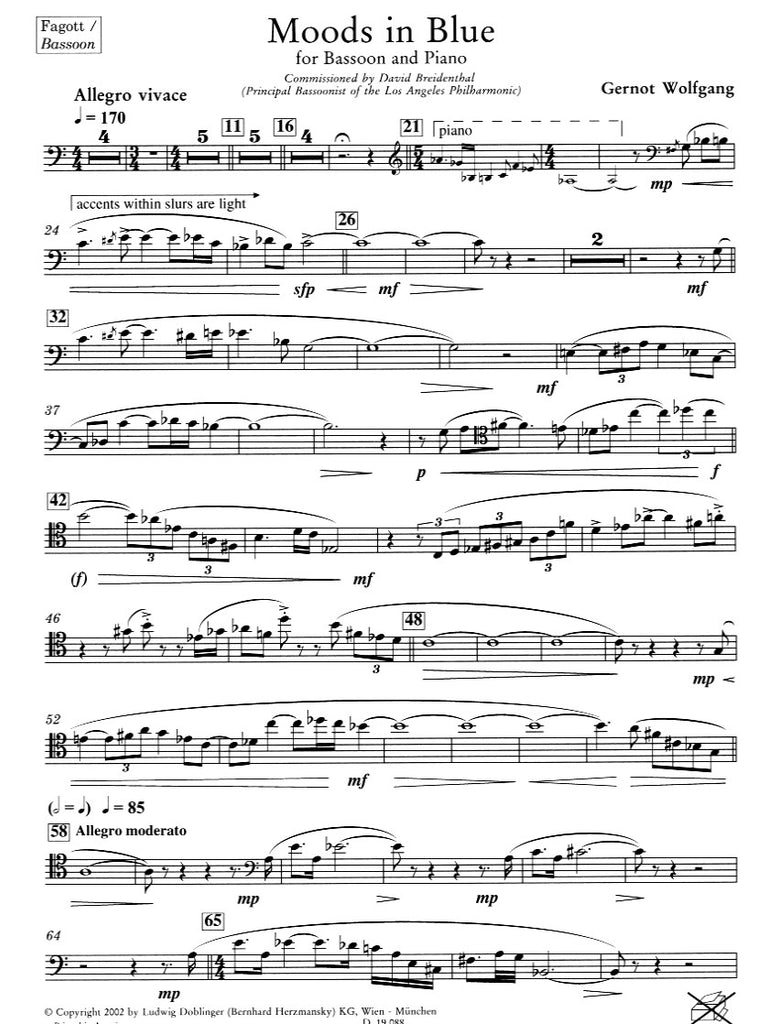
Share this item: